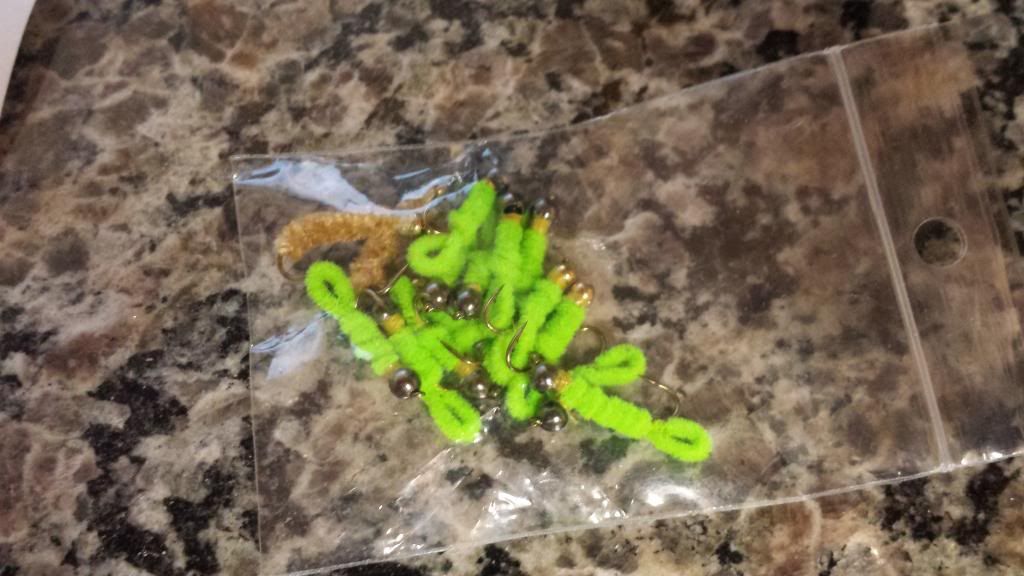SlingerFlyRods
Member
- Joined
- Jan 6, 2014
- Messages
- 314
Good morning. I am relatively new to fly tying. Admittedly, all I have tied are green weenies, buggers and glo bugs.

tied a bunch of these last night. not the greatest but I think they should work.
What other flies would you suggest I get myself into that are relatively easy for beginners? My dad has all the stuff for tying and he's been showing me how to do everything in steps, its just nice to hear other peoples opinions on patterns and such.
FYI I am big into wild and native trout waters and spend most of my time on class A's and wilderness streams

tied a bunch of these last night. not the greatest but I think they should work.
What other flies would you suggest I get myself into that are relatively easy for beginners? My dad has all the stuff for tying and he's been showing me how to do everything in steps, its just nice to hear other peoples opinions on patterns and such.
FYI I am big into wild and native trout waters and spend most of my time on class A's and wilderness streams




